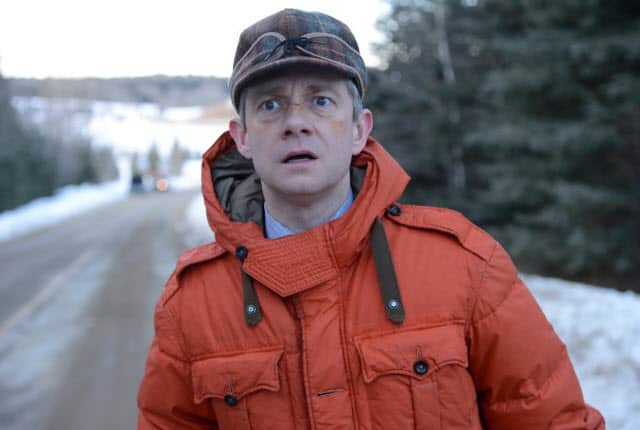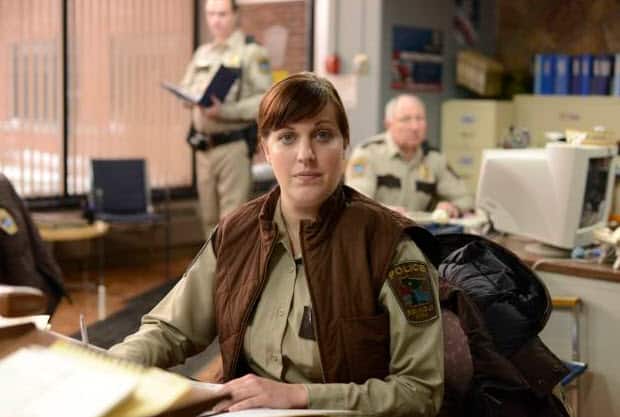
On a creative level, there’s no denying how great this year’s Fargo mini-series was. Under the guide of Noah Hawley’s pen, Fargo filled out the world of the award-winning Coen Brothers film, adding depth to existing stories while telling an all-new, symbolically-rich story about the corruption of the soul in the presence of the devil (played wonderfully by Billy Bob Thornton, under the name Lorne Malvo). From beginning to end, Fargo was the most consistent show of 2014, putting other anthology series to shame with its mastery of tone and unique personality – and with the sixth episode, “Buridan’s A**”, delivering what is arguably the finest episode of TV in 2014 (though we could debate that one for a long time).
Beyond the well-deserved critical praise, beyond the wonderfully-applied paradoxes each episode individually embodies, Fargo is a genius business decision by FX. With Fargo, FX gets to have all the trendy TV buzzwords: anthology series, high-profile actors in starring roles, a story part of a larger “universe” (of sorts)… everything that FX would hope Fargo did when they first announced it in 2013, it was able to accomplish. Where other networks are concerned with reboots, revivals (like Showtime’s Twin Peaks announcement last month), tie-ins to other forms of media, and gimmicky premises (FX isn’t completely innocent; their new American ____ Story franchise is a prime example of this), FX allowed Fargo to be its own creature, to draw its connections to the film on its own terms, in turn allowing the show to fully establish itself as an well-realized, individual entity simply sharing a name (and a few important details) with its cinematic big brother, which many argue is one of the best American films ever.

Somehow, Fargo is able to act as all these trendy things at once, and effortlessly; never has a show had so much fun playing with its source material, using its infamous imagery and dedicated Coen Brothers fan base (a group notorious for hunting down visual and literary clues, in ways similar to fans of Wes Andersons’ visual palette) to drive an original story about two good people trying to take on someone very, very, very bad. It does all of that without losing the moral and philosophic foundations of the original, which asked what a “good” person really was, and how far down the path of self-corruption one could go before there was no turning back.
There’s been lots of talk about what a creative success Fargo has been – in that, there’s no denying (the reveal of Stavros’ framed red snow scraper still gets me giddy). However, it’s worth recognizing what a smart business decision it was for FX, a network that still manages to stay a step ahead of its competition, even when it appears they’re doing exactly the same thing as everyone else (though it is worth noting they kicked off the whole anthology trend with American Horror Story). Fargo is that rare example of a happy marriage between business buzzwords and creative mastery, the result of which is a beautiful, near-flawless season of television.
Photos via FX





